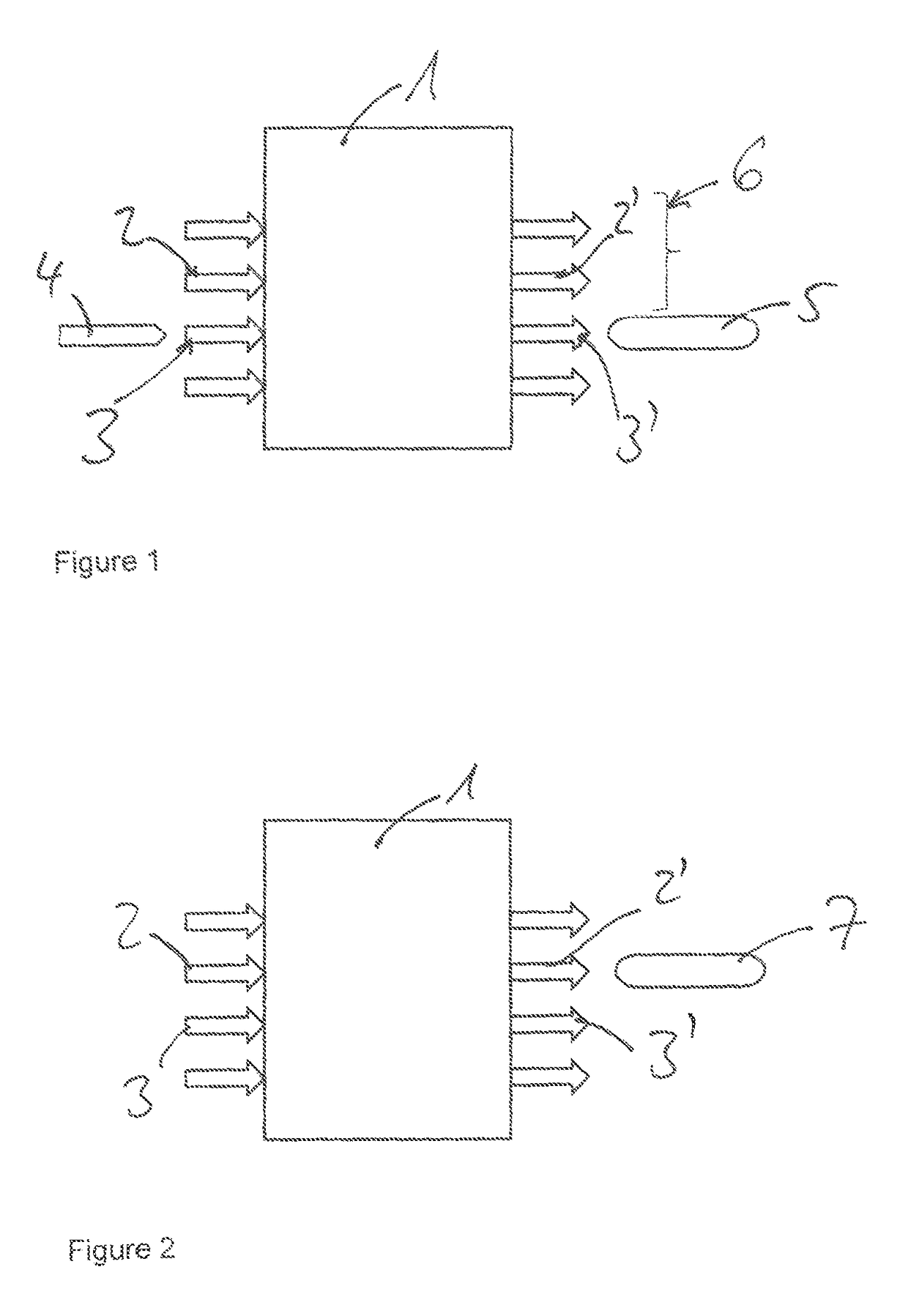Non-intrusive link monitoring
a non-intrusive, link technology, applied in the direction of transmission monitoring, digital transmission, connection management, etc., can solve the problems of not directly providing parameters, inability to meet contractually agreed values in other parts of the overall system, and inability to achieve data rates during normal operation
- Summary
- Abstract
- Description
- Claims
- Application Information
AI Technical Summary
Benefits of technology
Problems solved by technology
Method used
Image
Examples
Embodiment Construction
[0018]Exemplary embodiments of the invention provide a method and a system for monitoring the utilization of the first connection to be tested. The method and system can be implemented in a simple manner, do not require disruptive intervention in the running system, and deliver precise results.
[0019]Exemplary embodiments of the invention provides that, in addition to the first logical connection to be monitored, a second independent logical connection is established, which connection is, however, assigned a lower priority compared with the first connection. This means that data packets that are intended to be sent via the first connection have priority over packets on the second connection. Moreover, the second connection competes with the first connection for the data rate in the data network. Thus, when the total data rate available in the data network is used by the first connection, there is no data rate remaining for the second connection, and therefore data sent via said secon...
PUM
 Login to view more
Login to view more Abstract
Description
Claims
Application Information
 Login to view more
Login to view more - R&D Engineer
- R&D Manager
- IP Professional
- Industry Leading Data Capabilities
- Powerful AI technology
- Patent DNA Extraction
Browse by: Latest US Patents, China's latest patents, Technical Efficacy Thesaurus, Application Domain, Technology Topic.
© 2024 PatSnap. All rights reserved.Legal|Privacy policy|Modern Slavery Act Transparency Statement|Sitemap

